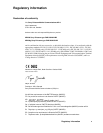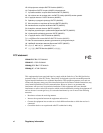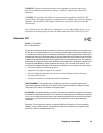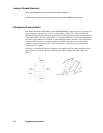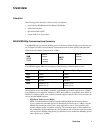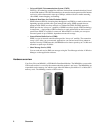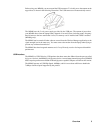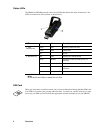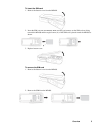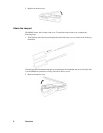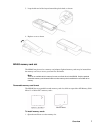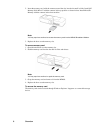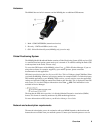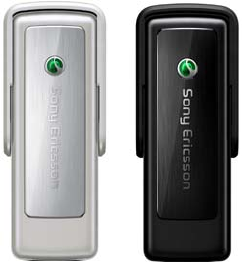
2Overview
• Universal Mobile Telecommunications System (UMTS)
UMTS is a 3G technology standard for wide-area wireless data communication that is based
on the GSM standard. The UMTS standard uses advanced network operator mobile Internet
services to achieve data transfer rates up to 384kbps, which are ideal for media streaming,
video MMS, instant shopping, and banking.
• Enhanced Data Rates for Global Evolution (EDGE)
EDGE enhances GPRS by increasing data throughput over GPRS by as much as three times,
depending upon the network radio signal strength and quality. GPRS networks that are
enhanced with EDGE are often referred to as Enhanced GPRS (E-GPRS) networks.
EDGE provides the “always on” capability of GPRS but at faster speeds. EDGE technology
is transparent — simply make a GPRS connection as usual and benefit from the increase in
speed where EDGE is available in a network. When EDGE is available you can expect
increased speeds of up to 200 kb/s, dependent on network coverage.
• General Packet Radio Service (GPRS)
GPRS is a type of network connection that provides “always on” mobility. The connection
set up is fast. After you are connected, applications can send and receive data whenever
required. In today’s GPRS networks, the MD400 receives data at speeds up to 53.6 kb/s and
transmits at speeds up to 26.8 kb/s.
• Short Message Service (SMS)
You can send and receive SMS text messages using the Text Messages window in Wireless
Manager or other application software.
Hardware overview
Your Sony Ericsson MD400 is a USB Mobile Broadband Modem. The MD400 has a retractable
USB connector that is covered by the antenna when the modem is not in use. The MD400 has an
expandable combo memory slot which accepts either M2 Memory Stick Micro™ or MicroSD™
memory cards. The MD400g contains a GPS receiver.




